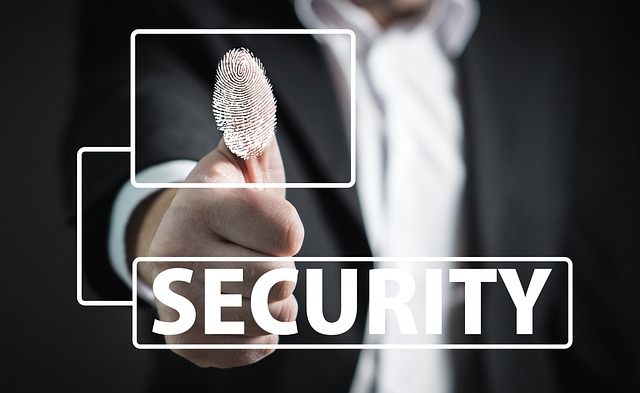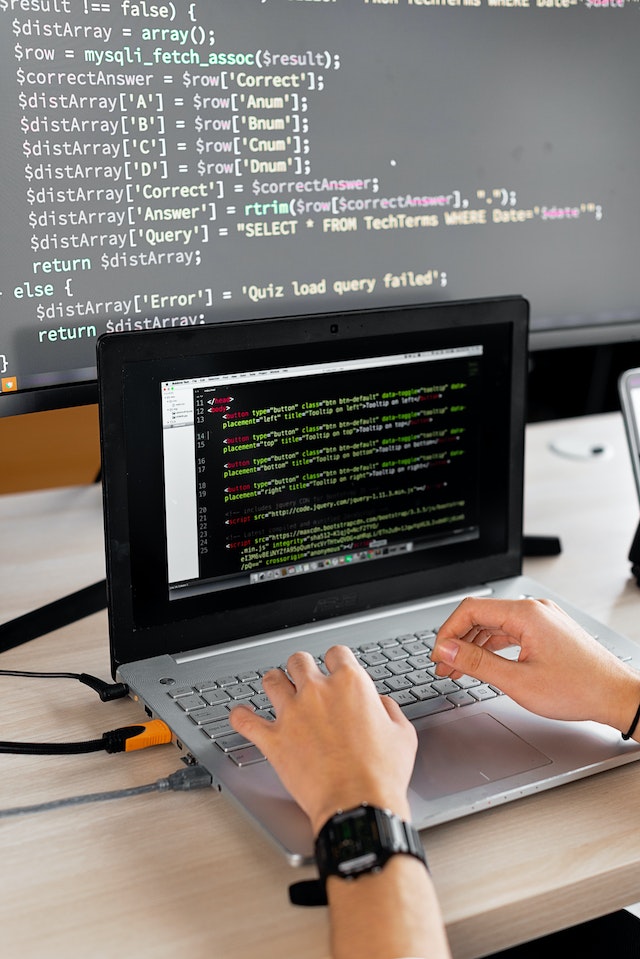In today’s digital age, ensuring secure access to sensitive information and protecting personal data is paramount. Biometric technologies have emerged as a reliable and convenient method for user authentication and verification. In this article, we will explore the similarities and differences between biometric authentication and biometric verification, shedding light on their distinct purposes and applications.
- Understanding Biometric Authentication:
Biometric authentication is a process that verifies the identity of an individual based on unique physiological or behavioral characteristics. It compares the captured biometric data with the pre-registered data in a database to grant access. This method is commonly used for initial user enrollment and establishing trust during the authentication process.
- Understanding Biometric Verification:
Biometric verification, also known as biometric identification, is the process of confirming or verifying an individual’s claimed identity using their biometric traits. It involves matching the biometric data of an individual against a single template or database containing multiple templates. Verification is typically performed during subsequent access attempts to confirm the identity of an already enrolled user.
- Similarities:
a. Biometric Data Usage: Both biometric authentication and verification rely on the use of unique biometric data, such as fingerprints, iris patterns, facial features, voice, or behavioral characteristics (e.g., keystroke dynamics).
b. Accuracy and Reliability: Both methods aim to provide a highly accurate and reliable means of confirming an individual’s identity, as biometric characteristics are difficult to forge or replicate.
c. User Convenience: Both authentication and verification methods offer user convenience by eliminating the need to remember and manage passwords or tokens.
- Differences:
a. Purpose: Biometric authentication is primarily used for the initial enrollment and establishment of trust, ensuring that the user is who they claim to be. Biometric verification, on the other hand, is performed during subsequent access attempts to confirm the identity of an already enrolled user.
b. Workflow: Authentication involves a one-to-one matching process, where the captured biometric data is compared against a single template associated with the user. In contrast, verification entails a one-to-many matching process, comparing the captured data against multiple templates in a database.
c. Acceptance Criteria: Authentication requires a high level of similarity or match between the captured biometric data and the stored template to grant access. In verification, the system searches for the closest match within the database and may allow access even if the match is not exact.
d. Security Trade-offs: Authentication provides a higher level of security as it necessitates a closer match and stricter acceptance criteria. Verification, by nature, has a lower level of security due to the potential for false acceptance or false rejection errors.
Conclusion
Biometric authentication and verification are powerful tools for secure identity confirmation. While they share similarities in their use of biometric data, accuracy, and user convenience, they serve different purposes in the user authentication process. Biometric authentication establishes trust during initial enrollment, while verification confirms the identity of already enrolled users during subsequent access attempts. Understanding the distinctions between these two methods is essential for implementing robust and effective security measures in various domains, such as access control systems, mobile devices, and financial transactions, where secure and convenient user authentication is crucial.



